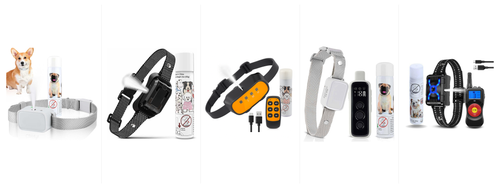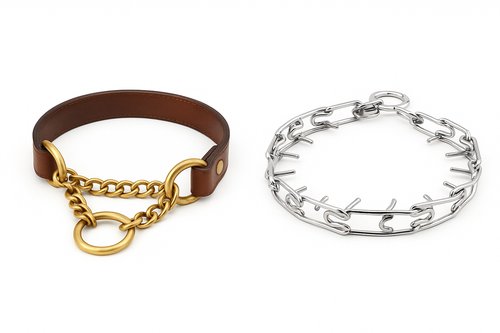Understanding Deaf Dogs
Training a deaf dog can seem challenging at first, but with the right approach and tools, it becomes a rewarding experience. Deaf dogs are just as intelligent and loving as hearing dogs, they simply need communication in a different form. Whether your dog was born deaf or lost hearing over time, learning how to attract their attention safely and effectively is key to successful training.
Why Deaf Dogs Need Special Training Techniques

Since deaf dogs can’t respond to verbal cues, traditional commands like “come,” “sit,” or “stay” won't work without visual or tactile alternatives. This doesn’t mean training isn’t possible, it just means you need to get creative with non-verbal communication methods.
Common training challenges for deaf dogs include:
- Gaining their attention from a distance
- Keeping them engaged without vocal commands
- Ensuring their safety off-leash
How to Get a Deaf Dog’s Attention
Here are some effective, safe, and humane ways to get your deaf dog’s attention:
1. Use Vibrating Dog Collars
Vibrating collars are one of the most popular tools for training deaf dogs. Unlike shock collars, which can harm or scare dogs, vibrating collars simply send a gentle buzz that your dog can feel.
Calmshops Dog Collars are specifically designed with vibration features. They’re safe, adjustable, and ideal for deaf dog training. You can press a remote button to send a vibration, and with proper conditioning, your dog learns that the vibration means “look at me.”
Tips for using Calmshops collars:
- Start with short vibration signals, then reward your dog when they turn toward you.
- Never use it as punishment; it’s a communication tool, not a correction device.
- Pair the vibration with hand signals or treats to reinforce commands.
2. Hand Signals

Teaching your dog hand signals works like using sign language. Dogs naturally learn body language, so this is a powerful communication method. Start with basic commands like:
✋ Palm out = Stay
👈 Point = Go this way
✊ Fist = Sit
Be consistent and always reward your dog for responding.
3. Flashlights or Light Signals
Some deaf dog owners use small flashlights or porch lights to get their dog's attention, especially at night. The sudden light change is a clear cue, but make sure your dog doesn’t associate it with fear.
4. Floor Vibrations
Stomping your foot or tapping a solid surface can create vibrations your dog can feel. While this only works at short distances, it’s useful indoors.
Training Tips for Deaf Dogs

Positive Reinforcement: Always reward good behavior with treats, toys, or praise (physical affection works great!).
Be Patient: Deaf dogs aren’t harder to train, they just need different cues.
Use a Marker Signal: Just like hearing dogs use clickers, deaf dogs can have a visual marker (like a thumbs up) to mean “yes, good job!”
Consistency is Key: Use the same signals and tools every time to avoid confusion.
Are Calmshops Dog Collars Safe for Deaf Dogs?
Yes! Calmshops collars are vibration-only and specifically designed for training, not punishment. They offer:
- Adjustable vibration intensity
- Long-range remote control
- Durable, splashproof or waterproof design
- Rechargeable batteries
They're a great solution for calling your dog from across the yard or during off-leash play in a safe, controlled environment.
Deaf dogs are amazing companions. With tools like Calmshops vibrating dog collars, hand signals, and positive reinforcement, you can build a strong bond based on trust and clear communication.
Training a deaf dog isn’t about what they can’t hear, it’s about what they can learn. And with the right tools and love, they can learn just about anything.

